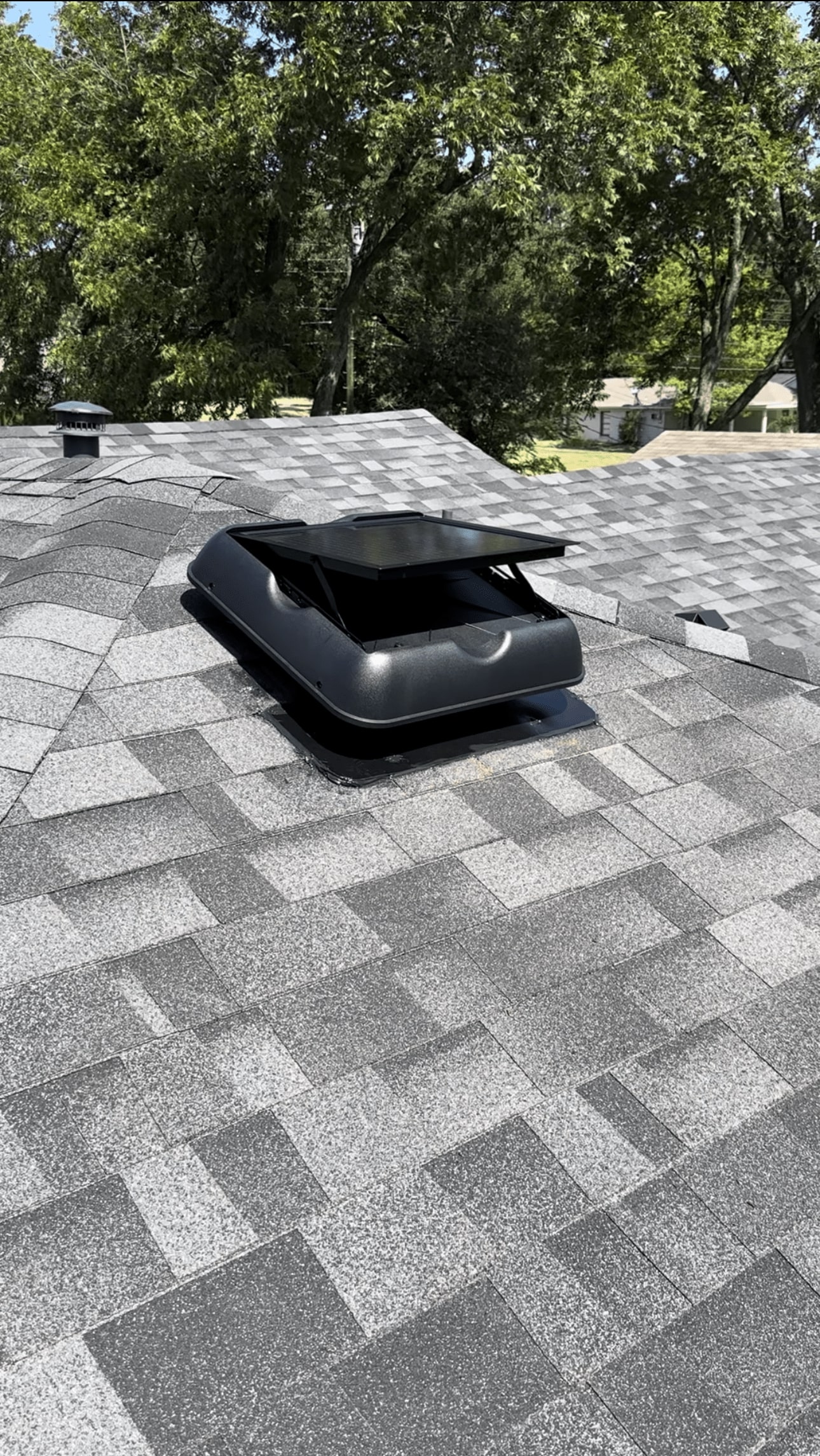The 3-Minute Rule for Green Attics
Table of ContentsGreen Attics Things To Know Before You Get ThisThe Basic Principles Of Green Attics Not known Incorrect Statements About Green Attics Green Attics for BeginnersA Biased View of Green AtticsThe 30-Second Trick For Green Attics
Uploaded by Solution Champions Cooling BlogWhen you switch on your heating, you desire it to stay inside your home - HVAC repair. Powering up the home heating causes the warm to climb straight up right into your attic. It's then approximately your attic insulation to do its work and block the heat from getting awayIt's noticeable that you need to spend your time and cash into shielding your home, yet what attic insulators are out there for you to select from? Which attic room insulation is best? And what are the prospective dangers of each of them? This article will lay out the 4 types of attic insulation you can select from, plus dive into the pros and disadvantages of each.

The smart Trick of Green Attics That Nobody is Discussing
Batts are large, rolled up sheets of material which are merged along with a chemical vapor. This vapor acts as a sticky. Why is fiberglass batt insulation so prominent? It's several benefits consist of: Overall, fiberglass is significantly environmentally friendly. The fiberglass itself is created from sand which is after that turned right into glass, which counts as a renewable resource source.
Fiberglass batt insulation rarely shrinks or collapses. This is due to the air pockets that happen in manufacturing. Fiberglass batt insulation is also soundproof, assisting minimize exterior sounds and keep interior audio inside the residential or commercial property.

How Green Attics can Save You Time, Stress, and Money.
If wetness is taken in by the fiberglass batt insulation, it can reproduce unsafe mold. Rodents and various other undesirable guests like fiberglass batt insulation, and commonly make it their home. As such, rodent problems are a real opportunity. If you like the idea of fiberglass however aren't crazy about making use of batts, after that blown-in fiberglass might be the means ahead for you.
When utilizing the blown-in technique, it fills up the attic much better, guaranteeing it's air-tight. This decreases the amount of warm air leaving and chilly air going into. It takes an issue of hours to obtain your attic insulation up and running.
It requires a lot more maintenance than various other kinds of attic insulation on our listing. Must the insulation get damp, removing the insulation isn't as simple as eliminating fiberglass batts.
This their website attic insulation is additionally blown-in utilizing a blowing equipment, nevertheless the product utilized is various. The material used below is cellulose. This is made from all different recycled material, consisting of points constructed out of wood, newspapers, and cardboard. Then, boric acid and other substances are put on flame-proof the attic insulation.
Green Attics Fundamentals Explained
(https://www.reverbnation.com/artist/greenatt1cs)
Is blown-in cellulose insulation worth it? Below's what it can provide your family: For the many component, blown-in cellulose is much better for the planet. With cellulose being made from purely recycled material, there's no demand to produce brand-new product. Reusing this is green. The boric acid and other substances aid to fire evidence the insulation and slow the spread of fires.
Blown-in cellulose insulation has an R-Value that is 23 percent greater than fiberglass batts. Cellulose also helps in reducing wind-washing. What are the cons of installing blown-in cellulose insulation in your attic? Here are the disadvantages: Cellulose is eco-friendly, nevertheless the further materials that are added are not. Boron is called for to develop boric acid, and the mining procedure that mines boron is dangerous to the setting.
Fixing this situation can be labor and time extensive, as you'll need to select up the insulation bit by bit, rather than in one roll. The final kind of attic insulation is spray foam insulation.
5 Simple Techniques For Green Attics
Unlike all the various other kinds of attic room insulation, spray foam insulation is the only kind ahead as a liquid. After being splashed, it thickens and grows, and afterwards establishes as a durable foam. This foam slides nicely right into any kind of gaps, securing airtight, and cuts off any getaway paths for your heating.
What are the drawbacks of spray foam insulation?: The upfront repayment for spray foam insulation is more than the other kinds of attic insulation on our list. It's worth taking into consideration that, due to high degrees of power performance, it'll likely stabilize out or even come to be less costly in the long-run to keep your home cozy.

Rumored Buzz on Green Attics
Great care needs to be taken around the foam, and you'll need to put on goggles, a mask, and a respirator. With 4 types of attic room insulation and their pros and disadvantages, you're now able to make a notified decision, recognizing the benefits and negative aspects to each. That's why I can say with self-confidence that the best means to protect my attic room is with economical cellulose or fiberglass insulation used over a closed attic room floor.